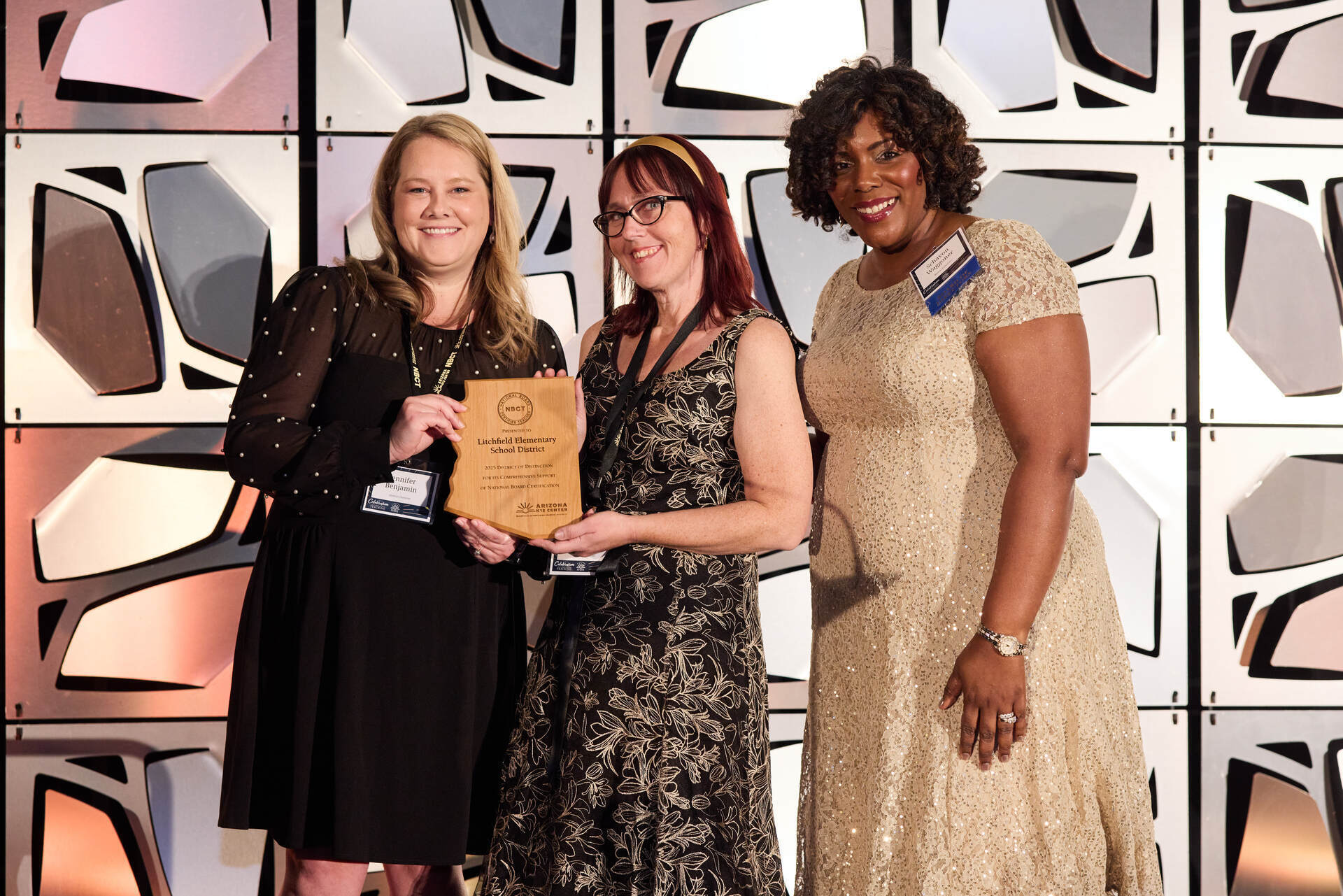May 24, 2018
What Sticks with Students
Understanding the social brain of adolescents can improve your teaching style — here’s how.
Every teacher I know has struggled with how to teach so students remember. I personally read as many books as I could find when I first started teaching seventh graders because I was so interested in how long-term and short-term memories were created and stored. But the most authentic case study I learned from was my own experience.
I started my career as a seventh grade language arts teacher. Four years later, I began teaching English at a high school in the same district. I had the privilege of seeing many of my middle schoolers again — but now they were less smelly and a lot more opinionated (in a good way).
Fast forward many years and these same students have now graduated from college. After having conversations with them again, recently, here’s what I discovered:
- Students remember how you make them feel, which is not separate from learning.
- Students remember shared experiences.
- Students remember personal details that resonate with them.
These are not new ideas, but I do think they are easy to forget when we are in the throes of a busy school year. The grading pile builds up, the stress of life outside of work kicks in, and we go into survival mode.
However, if we want the ideas we are teaching to have more of an impact, it’s crucial to keep in mind how adolescent brains are wired.
All of the big ideas mentioned above come back to one core understanding — adolescent brains are built to socialize.
What’s interesting is that most schools and teachers impress upon students that their urge to be social needs to take a back seat when they enter the classroom. You see “NO PHONES” posters and students getting penalized for talking in class. Obviously, there needs to be a clear structure for managing a large group of people; just remember that making the social brain an enemy is not the best place to start.
According to social psychologist Matthew Lieberman’s Social: Why Our Brains Are Wired to Connect, it’s imperative that we “figure out how to engage the social brain as part of the learning process. We need the social brain to work for us not against us in the classroom.”
Practical Applications
- Have specific social outlets tied to content. For example, if there is a theme you are trying to communicate, give students time to discuss their associations and experiences with that theme together. Have students consistently share someone else’s idea, rather than their own to encourage them to listen carefully to one another.
- Use social media for the application of key ideas. Vocabulary from any content area can easily be applied in online discussions. You can decide what platform makes sense for you and your students in certain situations. I used Edmodo, which is a dedicated educational website, but I also gave students the option to use Facebook, Instagram, etc. Anything social is motivating!
- Let students have shared experiences often. When I taught new ideas, I would give my students a structured amount of time and a little space to work in groups around campus to apply the concept in unique ways (maybe even with their mobile devices). It’s a lot more interesting than just filling out a worksheet, and they get to talk about new ideas with their peers, which means it’s more impactful.
It turns out that “social encoding leads to better memory performance than actually trying to memorize,” Lieberman says. This is what every teacher needs to remember when planning their instruction.
I reached out to one of my first seventh graders, Gracie, who just finished her first year as a teacher. I wanted to see what she remembered after 10 years. Here is what she said:
- You would give us time to share the best parts of our weekend, which made your room feel safe.
- You were the first teacher I had that actually treated me like a real person.
- I remember the quirky things you did to get our attention (like hiding, playing piano, etc.).
- You gave us a lot of freedom to be creative with our work.
- There are so many things I do as a teacher that are a reflection of the way you treated me or the way you approached students — you made it a priority to let us talk to you and to each other.
The interesting thing about our brains is that they can only hold so many pieces of information at a time. They have to constantly conserve energy. At the end of the day, we want our students to remember meaningful, foundational skills that will help them beyond the classroom. Reminiscing with my former students reminds me of what matters most — the actual people we are shaping, and the broader wisdom we are imparting. Now, Gracie is able to take her observations and apply them in the connvarchar(max) of her own classroom, so a new generation of students can learn how to connect with new ideas and with each other.











